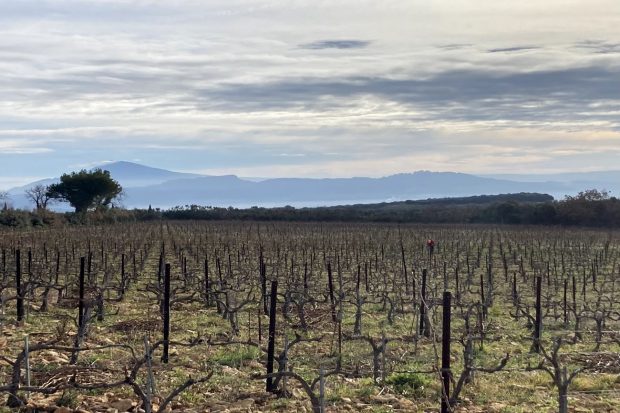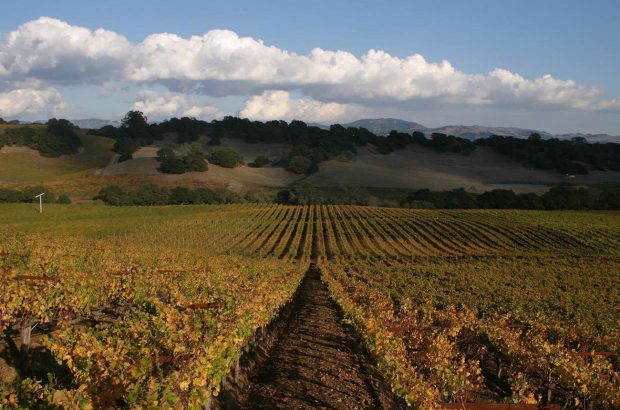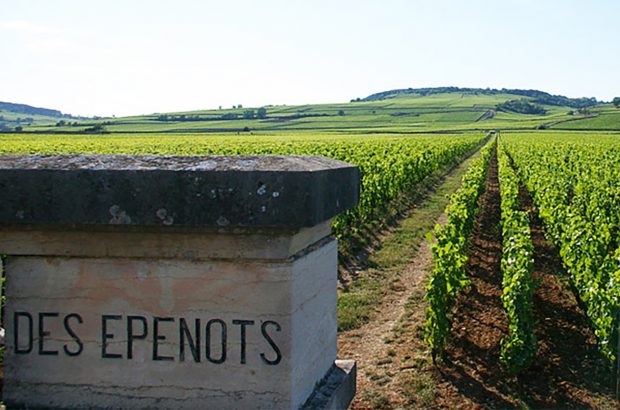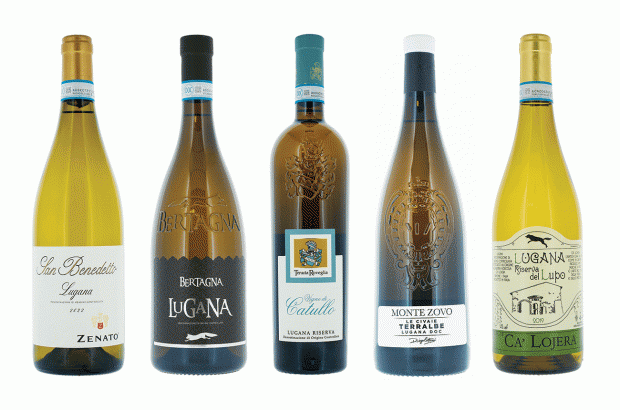The start of Santa Rita Hills
The Santa Rita Hills AVA has garnered the respect and attention of geologists, viticulturists and winemakers the world over. The modern winemaking clock here began ticking in 1971, when business partners Richard Sanford and Michael Benedict planted the Sanford & Benedict Vineyard in what is now the southern section of the appellation.
As often happens in the embryonic days of such endeavors, the pioneers were met with doubt. ‘You guys are making a huge mistake. You’re throwing your money away. You’ll never get grapes to ripen out here’, recalls Michael Benedict, regarding initial meetings with U.C. Davis consultants.
‘I don’t know what they thought they knew, but I knew what the climate of Burgundy was. I knew that ripening grapes had to do with daytime temperatures and photosynthesis; not how hot it got, but how much sunlight you had.’ Southern California sunlight hardly being in short supply, combined with the moderating effect of the maritime fog and breezes that roll in each day like clockwork, it’s not hard to see what Richard and Michael saw in this place, and clearly their initial investment has paid off in spades.
Santa Rita Hills AVA
Situated at Western edge of the greater Santa Ynez Valley, the 10-mile-long Santa Rita Hills AVA lies between the Santa Rosa Hills to the south and the Purisma Hills to the north, creating two corridors that open to the Pacific Ocean a further 10 miles away. Diatomaceous earth is the unique thread that stitches this region together, with sand also being prominent in the northern section that runs along Highway 246, and alluvial soils in the southern section along Santa Rosa Road.
One of the world’s largest diatomite mines lies just two miles south of nearby Lompoc, a winemaking hub for Santa Barbara County that has christened the surrounding hills ‘The White Cliffs of Lompoc’. This silica-based fossilized algae is Santa Rita Hills’ more porous corollary to the famous limestone and chalk of Champagne and Chablis. Many winemakers are hopeful that over time, the appellation will be further subdivided to better organize the impressive diversity of soils, sites and exposures found here.
Santa Rita Hills grapes
Pinot Noir is overwhelmingly the focus of the region. While a variety of styles are produced, common qualities include a floral, brooding nose, a red-fruited but deep palate, and a finish that combines focus with a fine-grained and grippy tannin structure. La Rinconada is a great site for broad-shouldered wines, whereas the extreme, wind-torn Radian Vineyard on the western limit of the appellation produces Pinot Noir with a tense, edgy structure.
Chardonnay grown here deserves just as much accolade as the Pinots in my view, and in the right hands strikes that magical balance of cream and toast married with zest and salinity. Zotovich and Bentrock are particularly good sites for seeking out this chiseled, multifaceted style. Syrah plantings are also on the rise, with the John Sebastiano Vineyard being a well established source.
There is an air of pride surrounding the individuals working in the Santa Rita Hills, and not just from the locals. The newly formed Racines label, a collaboration between Burgundian vigneron Etienne de Montille and Santa Barbara-native Justin Willett of Tyler Winery, is one such example. ‘We are learning that Chardonnay does not need to be planted on pure chalk to be great’, says de Montille, providing a refreshing, forward-thinking stance from someone raised in a region that is the epitome of tradition.
The recognition, effort and talent pouring into this region is exciting, and to have come this far in under five decades is an impressive and inspiring feat that shows no signs of slowing down.
Top 10 Santa Rita Hills wines to look for
Wine scores and tasting notes available for Decanter Premium members















